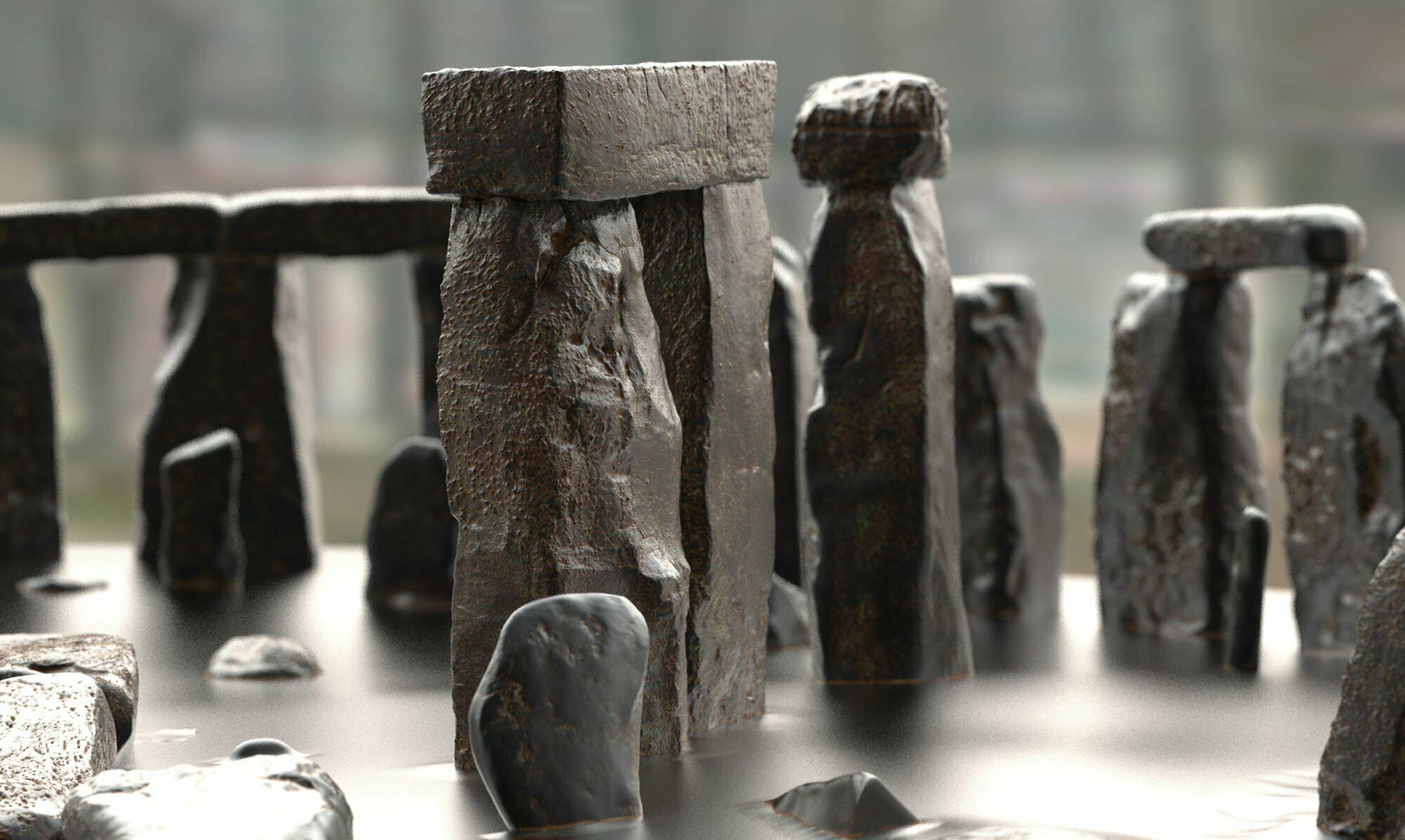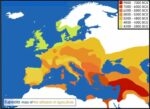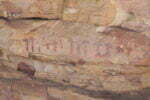Sha-ladies characters
Priestess, sorceress, enchantress but not temptress. Not witch. Not vestal virgin. Female shaman, shaman woman, shamaness? Shaman, this modern contrivance, is at least 17th century.It is corrupted from an ancient Siberian word, šaman, meaning “one who knows.” The female modern form is shamanka (just add the Russian feminine -ka). Shamanka is an established noun, I’ll adopt it, too. But, as there are many roots to the male noun, there’s only a single “Earth Mother” root for the Siberian female noun. Perhaps because “shamans were originally female.”(Some lovely shamanka pictures on Pinterest.)Priestesses don’t go hunting
To find ancient priestesses, we can go back in recorded history to Sumer, an early civilization in the historical region of southern Mesopotamia (now southern Iraq) around 4000BC.
Nadītu the fallow, are assistants to or advisors to a priest-king, or a high priestess. Not really what we would think of as a shamanka — someone who enters an altered state to commune with spirits, for the hunt. But, traces of a Mother Goddess, certainly.
Yes, there are female gods, priestesses and sorceress throughout Egypt to around 2160BC and Ancient Greece and of course Rome. Many enter trance states to divine the future. But, not talking with prey animals for good fortune during a hunt. Not mooing and braying, bucking and scraping the ground, wearing antlers and all that coarse, ancient, barbarism.
17,000 years before farmers
More interesting, to me, are the Pavlovian culture, Czech burials of women of around 27,000 years ago. Mammoth hunters, living on the edge of the tundra. Thought to be shamanka.Buried with mammoth shoulder blades, cuddling an arctic fox and fox teeth in her hand ready to be scattered for divination. 40+ years old, very, very old for these tough days, so very, very wise.She had a facial deformity, which is echoed in a nearby carved ivory sculpture, so very, very important. A deformity would make her unusual, and seemingly gifted with supernatural powers.
The bones and the earth surrounding the body contained traces of symbolic red ochre, perhaps meaning a return to the earth, or rebirth.
She (and a few other shamanka, nearby) are the real deal.
Venus figurinesAlso from the same site, is the 4½ inch high Venus of Dolní Věstonice. They span from around 40,000-11,000 years ago, across Europe, alas none in the UK, are in this list, thus far.
So, traces of a Matriarchal religion or a Great Goddess are slim, here in the UK.
Geezers and trippy trances
The new science of paleogenomics discovered that Neolithic lifeways spread from the Fertile Crescent: Mesopotamia, Sumer, Egypt, into Europe around 9000BC, reaching northwestern Europe by 4000BC.Starting around 4500 BCE, a new phenomenon of constructing megalithic monuments, particularly for funerary practices, emerged along the Atlantic façade.Though, much was surmised, before paleogenomics, by tracking the spread of farming. For us, there’s a chalk mound, 7½ miles SE of Stonehenge, dating to 3700BC Fussell’s Lodge.Recall the pine posts are 8000BC, Cursus 3630BC the ditch 3100BC. Genetics also show that the blonde, blue-eyed, Beaker people arrived in Britain around 2400BC, as Stonehenge 3 III was being fussed over, and slowly began to replace the olive skinned builders of Stonehenge.
The Amesbury Archer was likely an early visitor, from somewhere around The Alps, around the time the sarsens went up or soon after.
Sadly, for our shamanka, significantly more males than females are buried in the megaliths of the British Isles. That doesn’t mean, the religious class were all men, more likely the dead geezers were chieftains, as the male line was dominant.
Petroglyphs
Britain has a lot of cup marks and spirals, which may have come from hallucinogenic mushrooms. Mix in some 13,000 year old ales for some proper wibby-wobbly spinnies. There is a theory, that psilocybins took us out of the trees in Africa and have been walking alongside us, since.
Much is too early, for us, around 4000BC but there are later, even Bronze Age, around 2500BC. And, most in Scotland, Northumberland, Yorkshire, some NW Wales. Not many in our SW England and they are cup marks.
Probably a different way of life, tribes. Nothing like the spirals at Newgrange, Ireland. The dagger(s) and axes carved into Trilithon Two, Stone 53 are around 1800BC and probably male oriented.
Still, for our sha-ladies, there is a distinct route from Czechoslovakia 27,000 years ago to Stonehenge 5,100 years ago. That women were not in charge, doesn’t mean they were not involved in trance rituals at Stonehenge. I bet they were.




